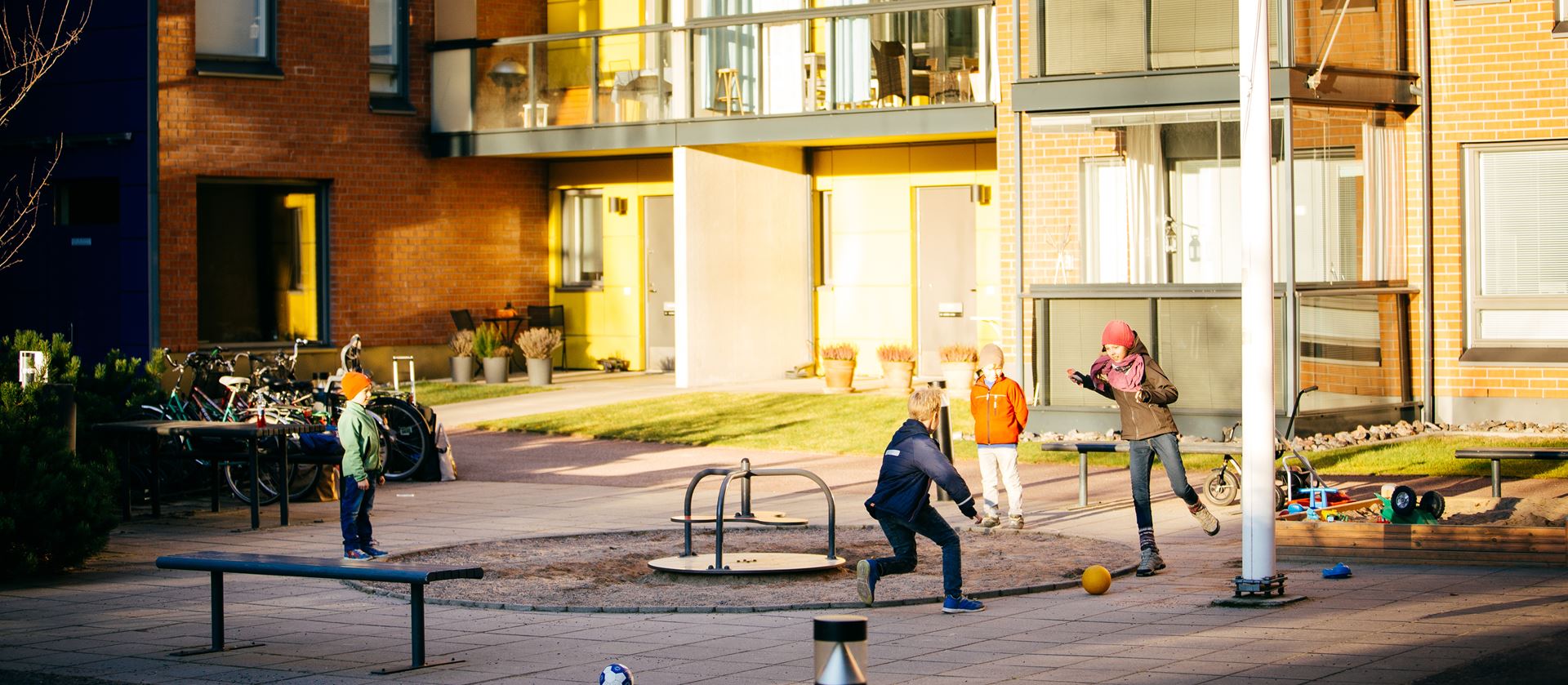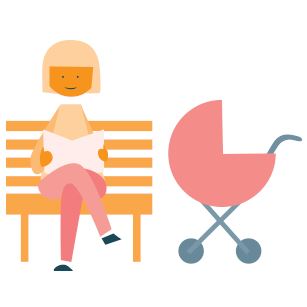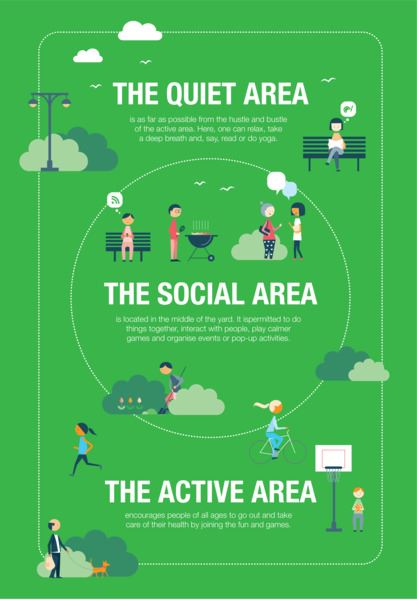
More Life In Yards -concept
During the spring 2016, YIT examined the future of increasingly comfortable and functional yard areas in workshops where experts from different fields will be challenged to come up with new ideas and solutions for yards. In addition, Finns have also been encouraged to take part in the project more extensively through digital crowdsourcing. A goal of the project has been to look into how yards should be planned, utilised and realised as communal and functional spaces that make it possible to use yards as an extension of your own home all year round.
A citizen movement is emerging to make yards more alive
We are anticipating that it will be yards where the desire to own, adapt and use the urban space for self expression, which emerged at the beginning of the millennium, will reach its final form. The problem with various pop-up events is exactly them being popup-like. The Restaurant Day and other pop-up events could be criticised for the fact that once the events are over, memories are all that remain. The events are like carnivals that temporarily create a lot of economic and other kinds of equality in the city, but they do not give rise to anything permanent. People, the residents and owners of a building, construction companies, businesses and the city can change this together.

A cosy yard provides many kinds of value
Urban megatrends increase the importance of yards. As cities become more densely built, the sizes of apartments decrease and the need for functional outdoor spaces increases. Also, changes in work and consumption, for example, create the need for flexible and multi-purpose space. Increasingly many people work outside offices, and consumption is no longer only tied to shops in the age of on-demand services. Ageing increases the importance of the nearby environment. All in all, the significance of yards as a value creator will increase. In particular, the literature emphasises the economic value, increase in social capital and direct increase in well-being provided by a cosy and communal yard.
As the income of the household grows, people favour private yards and parks instead of public parks, as private yard areas are considered to be more intimate meeting places. Studies indicate that people are willing to pay significant added value for a communal yard, natural elements and open outdoor space. Look at the aerial photograph of a city. What can you see? Yards take up approximately one-third of the view, but they hardly provide one-third of the value generated by the city.

A cosy yard is divided into quiet, social and active areas
A good yard has areas for diverse functions; it always has quiet, social and active areas. This offers an objective for building and developing
the different areas and functions of the yard.
The varying needs of users, naturalness of encounters and cross-generation nature have been strongly taken into account in yard design. In the concept, the physical space of the yard is comprised of three permanent and separate areas which meet the needs of people at each time.
Seeing the yard through three areas makes it possible to update instructions for use and develop the yard, with the use being divided structurally. Properties can be selected for each part, and they can be developed separately in accordance with the changing needs of people.

A cosy yard is created by engaging the users in the design
We created a concept that allows us to make adaptable yards in largescale production. The development of this concept has been guided by certain starting points: the principles on the features of the yard of the future.
• The concept is continuously evolving. It is not meant to be final, but to evolve and adapt in use. The concept provides a place to which observations of good yards can be fixed. A good concept develops as it is being used.
• The concept offers a common language to all who develop the yard. Through it, it is possible to engage in dialogue with the builder, subcontractors, city planner, owners and users. Various subcontractors, observations and values can be linked to the concept. It can be used for both assessing yards and designing new yards.
• The concept allows uniqueness but is universally valid. It is intended to be suited for the design and assessment of all yards. However, it should not be understood as a static formula that results in the same solutions everywhere. The concept aims to create balanced but unique yards.
• The concept is based on the 60%/40% mindset. It recognises that a good yard only emerges through the experience of its users, so a good yard is never ready. The concept focuses on describing both fixed and varying features of a yard so that the users of the yard can adapt it to meet their wishes.
• The concept allows for diverse ways of doing. It recognises that the yard must meet diverse needs at the same time.